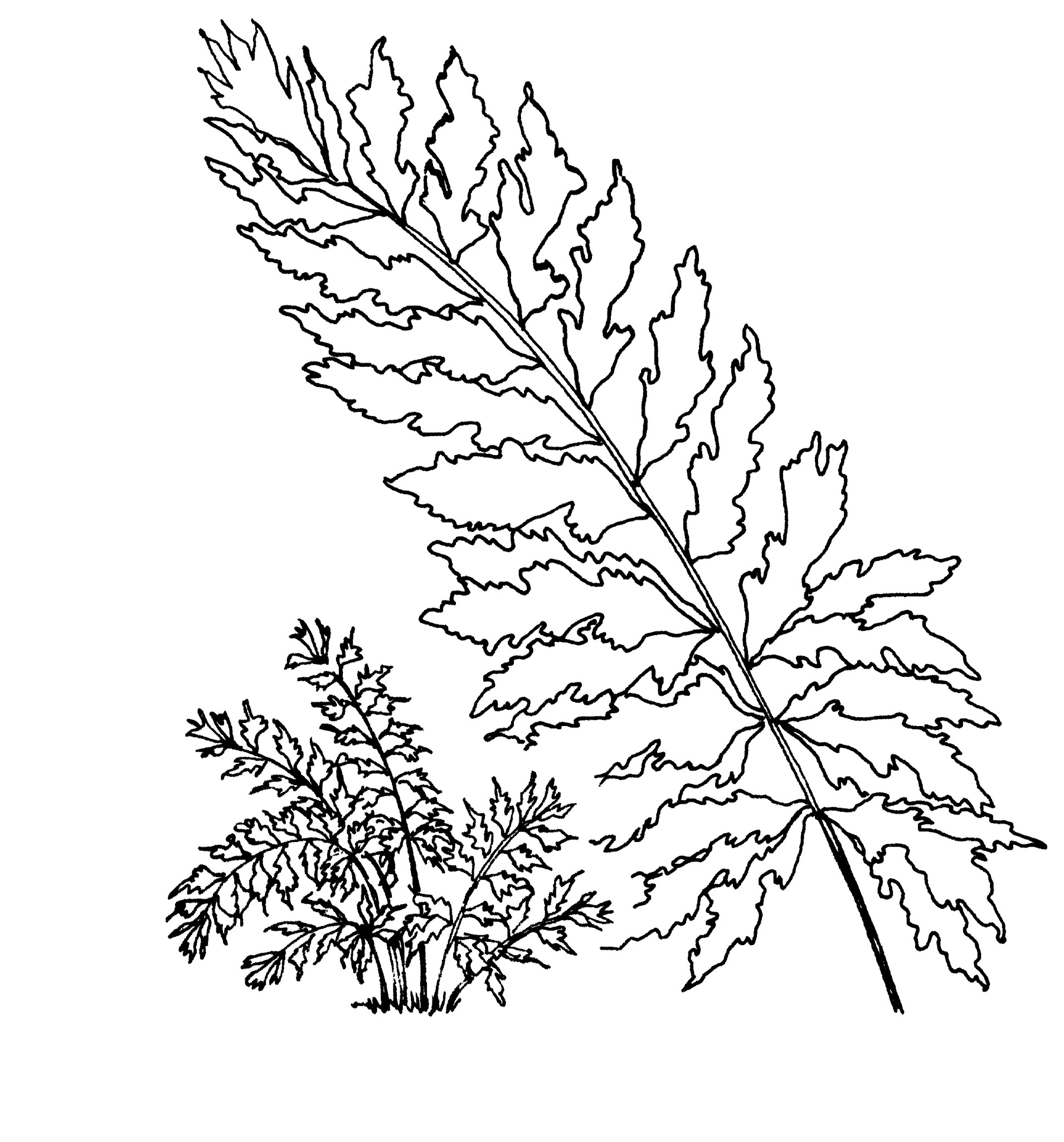
Small densely clustering palm. Stems subterranean, slender, covered with a thick mat of leaf sheath fibres. Leaves 2-3 m long, arising almost from the root, crowded, arching. Leaflets to 40 cm long and 8 cm wide, variable in shape but mostly wedge-shaped, bright green above, silvery beneath, the basal ones in 3s on each side, terminal ones deeply 3 lobed. Panicles shorter than the leaves. Fruit shaped like an inverted pear, about 1.5 cm long, 0.5 cm wide, purplish-black.
India
Occurs in the Himalayas to about 1200 m altitude. A compact palm with interesting foliage. Easily grown in semi-shade.
W. densiflora Mart., also from the Himalayas and adjacent areas of Burma, is similar but with broader, often diamond-shaped leaflets. It is more cold tolerant than W. caryotoides.
Source: (2005). Arecaceae. In: . Horticultural Flora of South-eastern Australia. Volume 5. Flowering plants. Monocotyledons. The identification of garden and cultivated plants. University of New South Wales Press.
